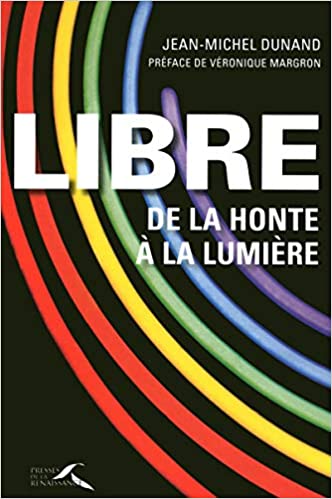It is understandable that Jews and Christians turn to the Bible for answers to contemporary questions. Often enough, they turn to the opening chapters of Genesis, which tell how God created the world and human beings in wisdom. So naturally, we humans look to these chapters to learn how to live fruitful and happy lives.
An example of interpreting, or rather reinterpreting, a verse in Genesis is the recent New American Bible (NAB) and New Revised Standard Version (NRSV) revisions of Genesis 1:26: “Let us make man” (in Hebrew, hā’ādām). NAB renders it “human beings” and NRSV, “humankind.” The translators reexamined the verse drawing on ancient parallel texts and pointed out, quite correctly, that “man” in this verse refers not to an individual male (the most common meaning of “man” in English), but to humankind, a less common meaning in English.
Recently, another controversy has sent readers to the creation accounts in Genesis. This controversy is not about inclusive language as in 1:26, but about the phrase that follows in Genesis 1:27, “Male and female he created them.” Why the fresh interest? Because many people, especially among the young, assert that their gender identity does not correspond with the sex registered for them at birth, and they now seek to act in accord with their actual gender identity.
The expectation that this single verse in Genesis can adjudicate modern controversies about gender is thoroughly misguided.
This worries people who believe that such claims go against the plain meaning of Genesis 1:27. In their interpretation, the phrase is a scriptural warrant for two genders only. God established two genders in the moment of creation, and that divine act remains in force today.
But does the phrase in Genesis 1:27 negate the claims of trans people cited above? Does it even say anything about the issue? Here is the full verse in the NRSV: “So God created humankind in his image, in the image of God he created them; male and female he created them.”
The first duty is to determine the context of the verse. Outside of its context, the wording alone might seem to support the claim that God endowed the human race with only two genders: male and female. Yet this verse should not be interpreted apart from its context; it is part of a carefully crafted creation account in which each verse gains meaning from the whole account.
The first duty is to determine the context of the verse.
For much of the Old Testament, interpreters have to infer the context from the text itself. What does the entire creation story in Genesis 1 tell us about its context and purpose? The chapter opens the Bible by showing us God at work, in this case, God’s unhurried and masterful arrangement of the dark and inert primordial mass into a harmonious world suitable for human habitation.
The text suggests its purpose was meant to reassure a devastated community that their creator overcame chaos and stillness and ensured that animate beings of all kinds (including humans) would continue despite the serious threat of extinction. The text depicts a powerful deity intent on safeguarding and furthering threatened life.
Other writings of the period describe how the community struggled to believe in a God who would save them from extinction. Psalm 115:2-3, for example, asks God in anguish, “Why should the nations say, / “Where is their God?” The psalms then give its hard-won answer: “Our God is in heaven / and does whatever he wills.”
Genesis 1 responds to the community’s doubts about their future by showing how God arranged that all animate beings would continue through their offspring. The text does this, in a strikingly original way, by affirming that God implanted in every living creature a seed (in Hebrew, zera‘) from which future generations will come. The word “seed” appears six times in the text, all occurrences referring to plant and animal life in Genesis 1.
God’s generous commitment to support human life is the proper context for interpreting “male and female he created them.”
For humans, however, the text uses an alternate expression to make the same point, “male and female he created them.” “Male and female” thus means that humans, by divine will, share the life-potency of other life forms on earth. God’s generous commitment to support human life is the proper context for interpreting “male and female he created them.”
In its context, it means that human beings have the same “seed mechanism” that assures them they will continue by begetting descendants to replace the generations that have gone before. Genesis 1:27 assures every human being, not only Israel, that God has implanted in them the means for continuing the future existence of the human race.
The expectation that this single verse in Genesis can adjudicate modern controversies about gender is thoroughly misguided. There is no hint that the ancient author knew anything about the modern issue of gender identity. And the text gives no hint either. To use “male and female he created them” against (or for) contemporary discussions of gender is to read into the biblical text rather than read the biblical text.





0 Comments